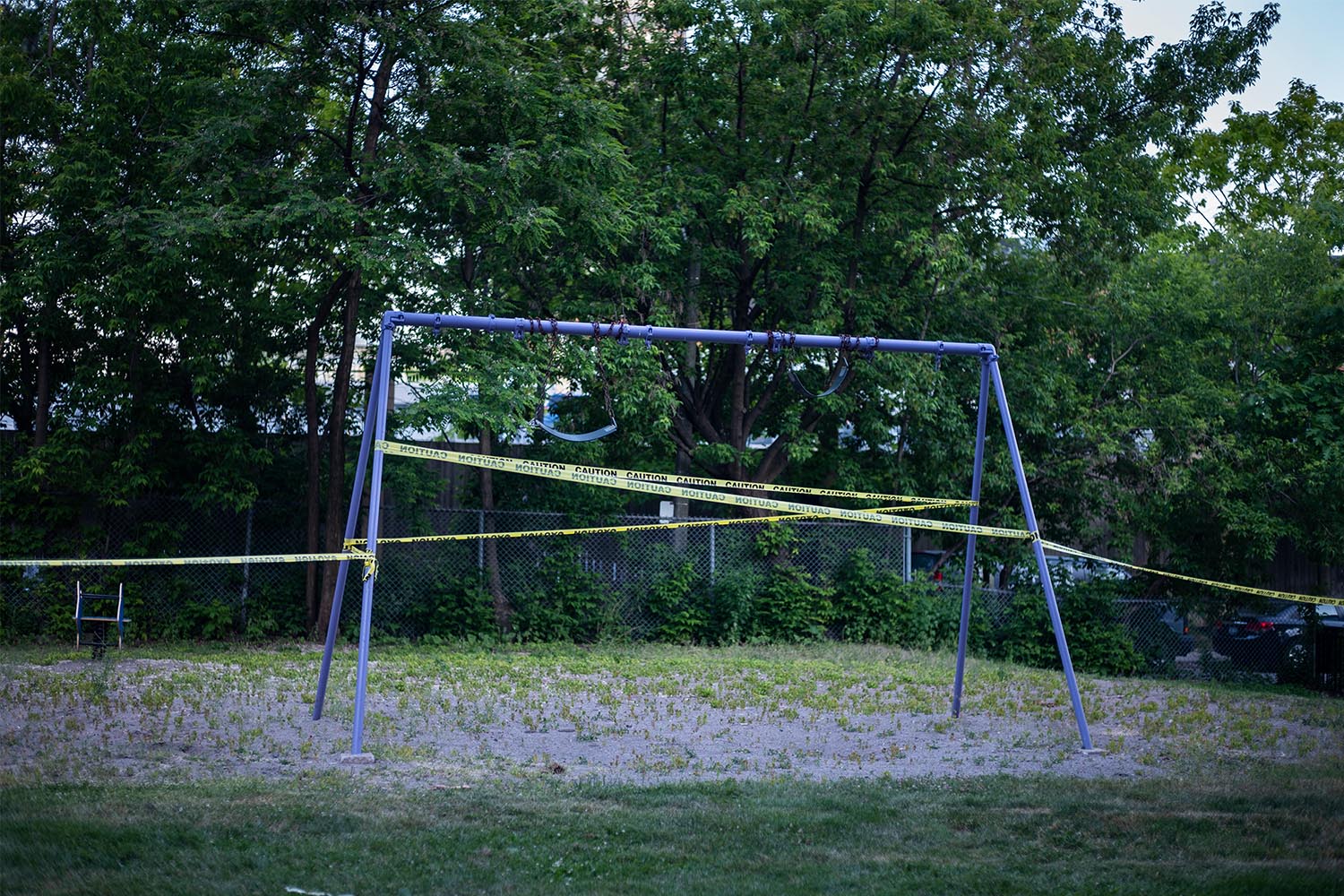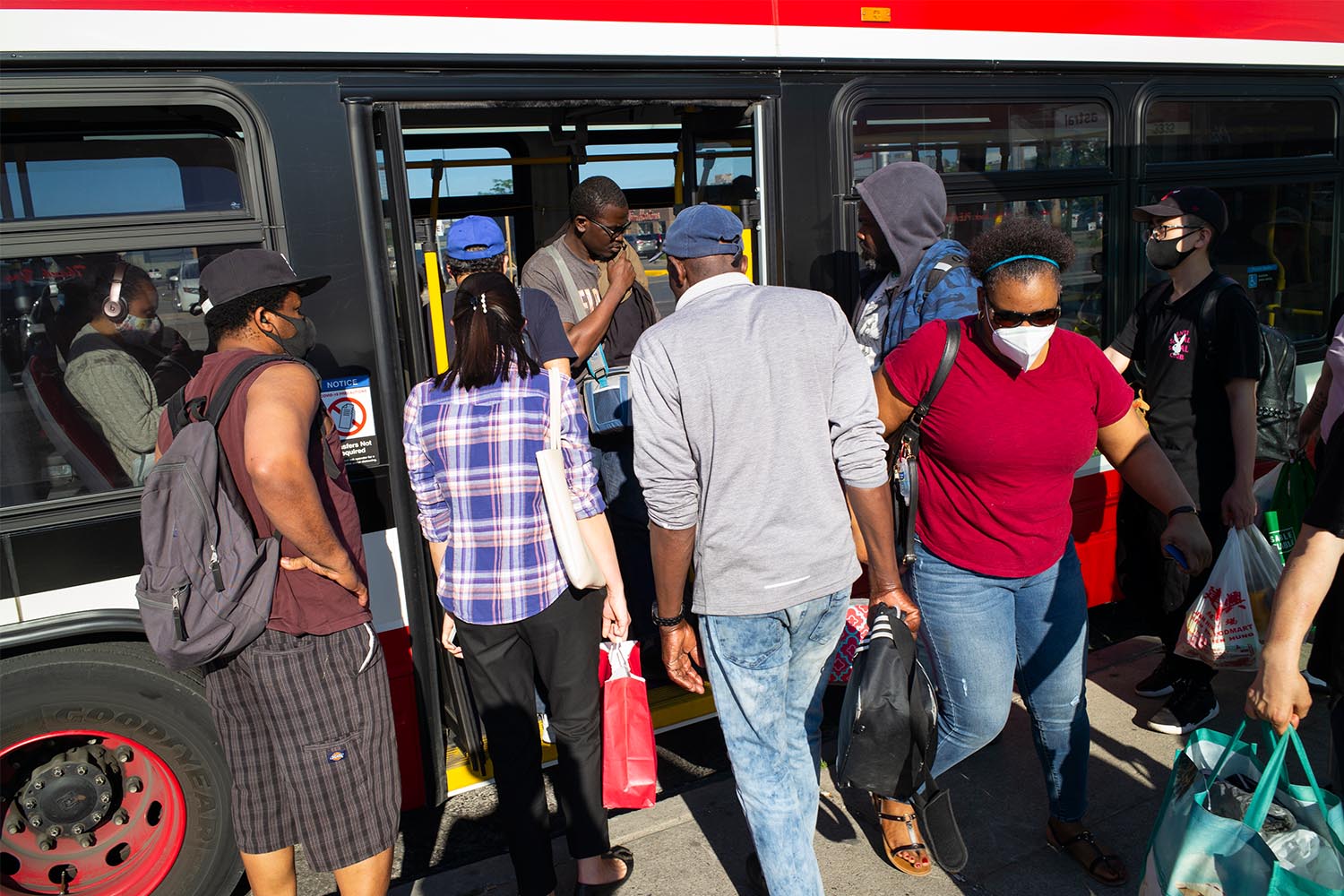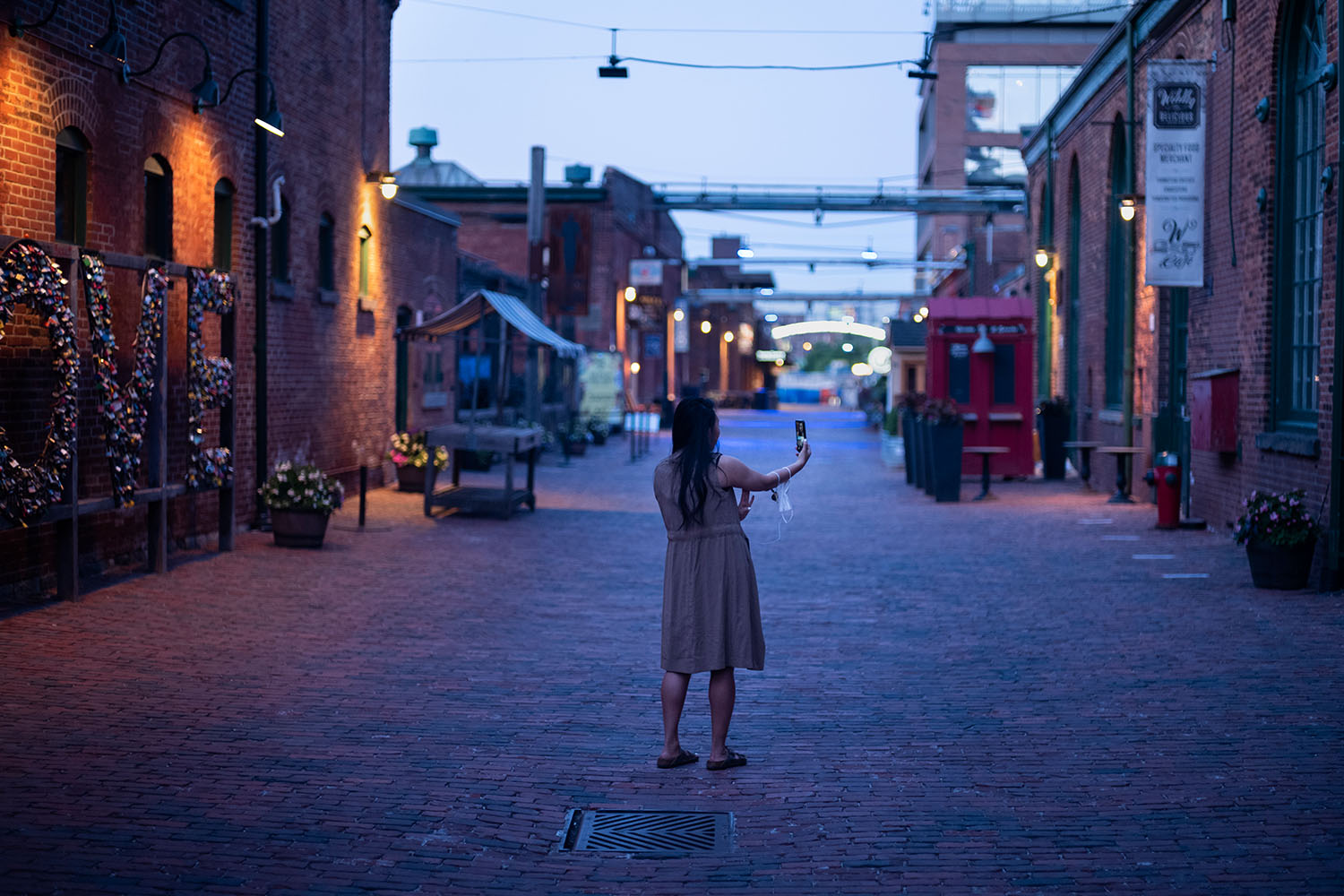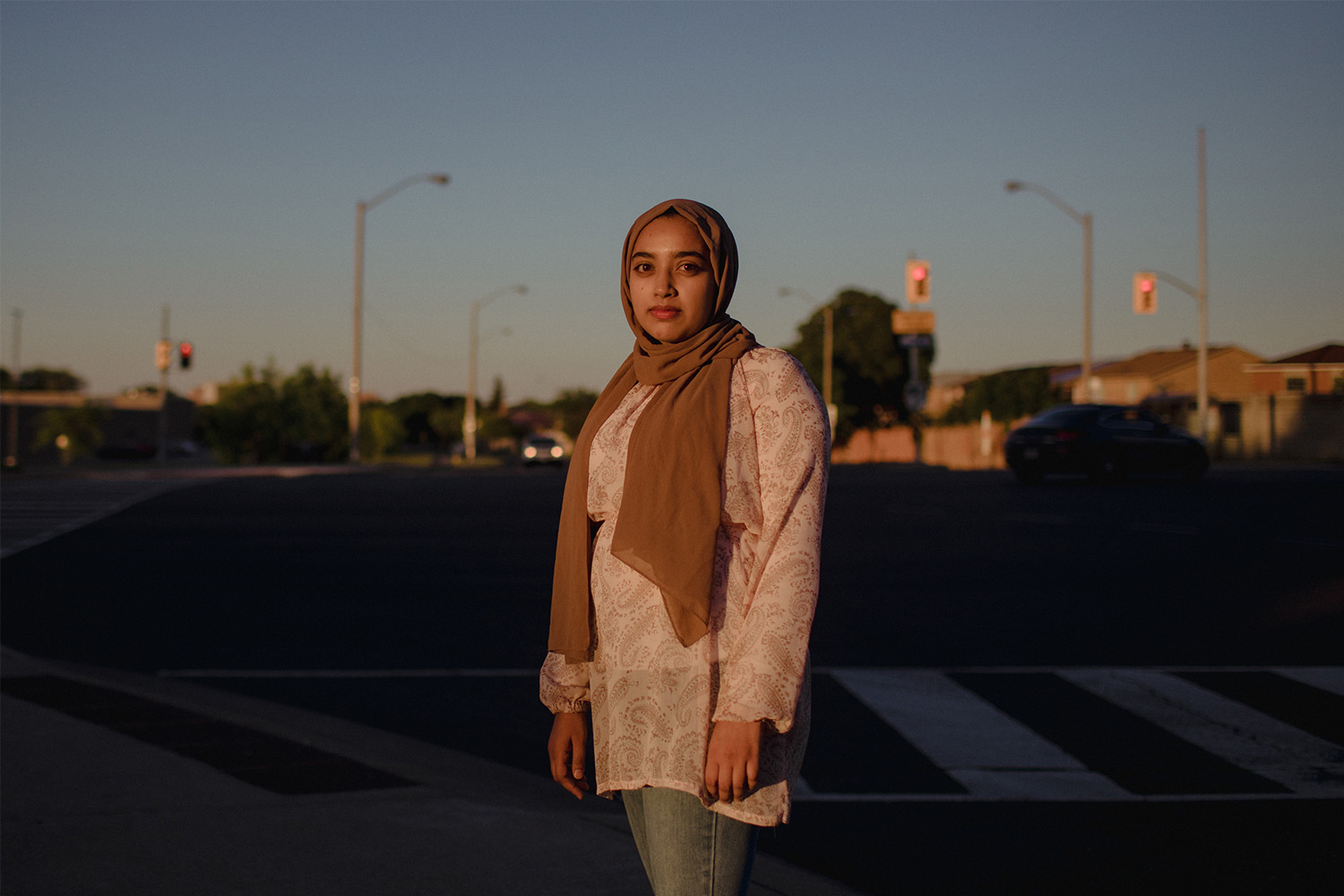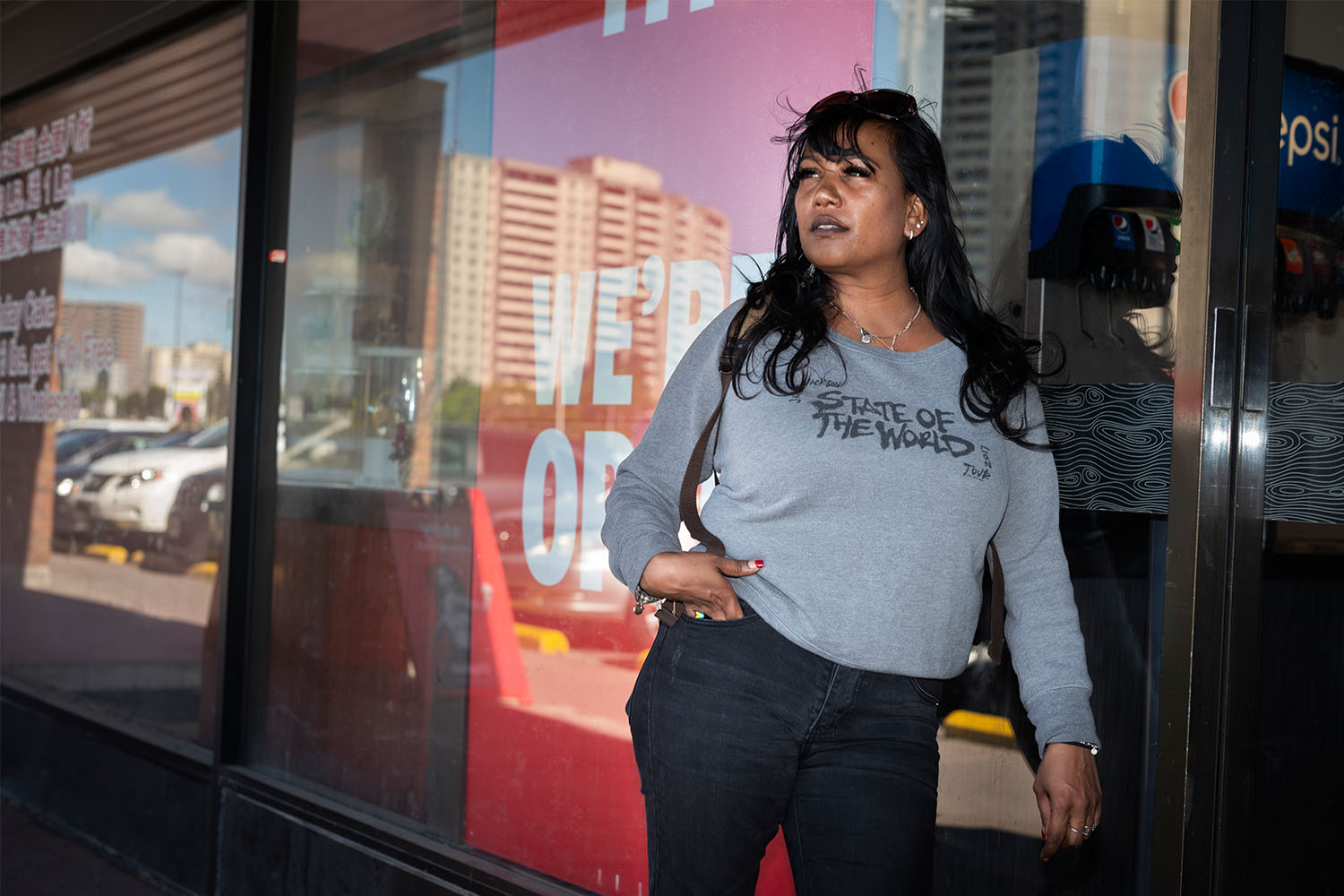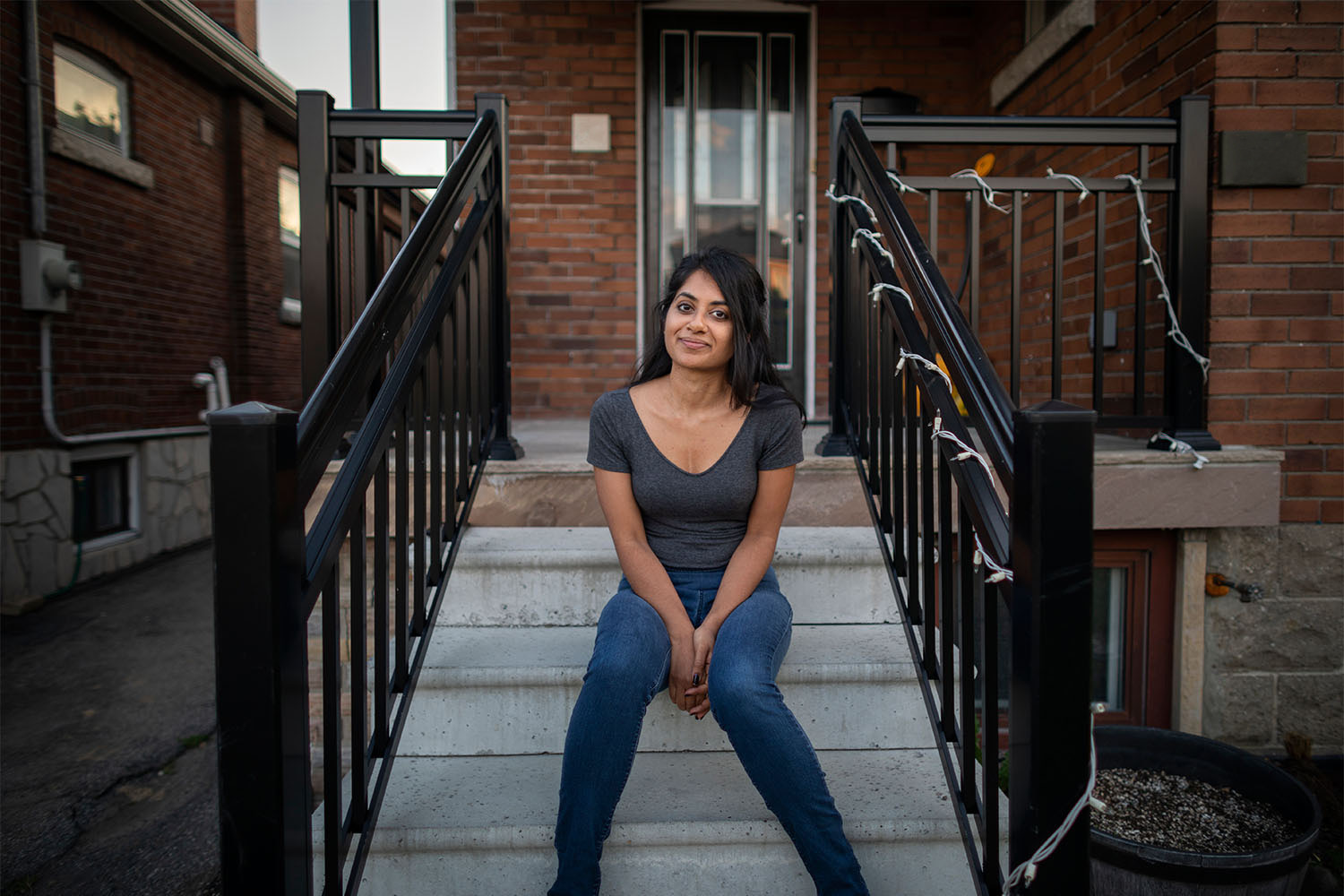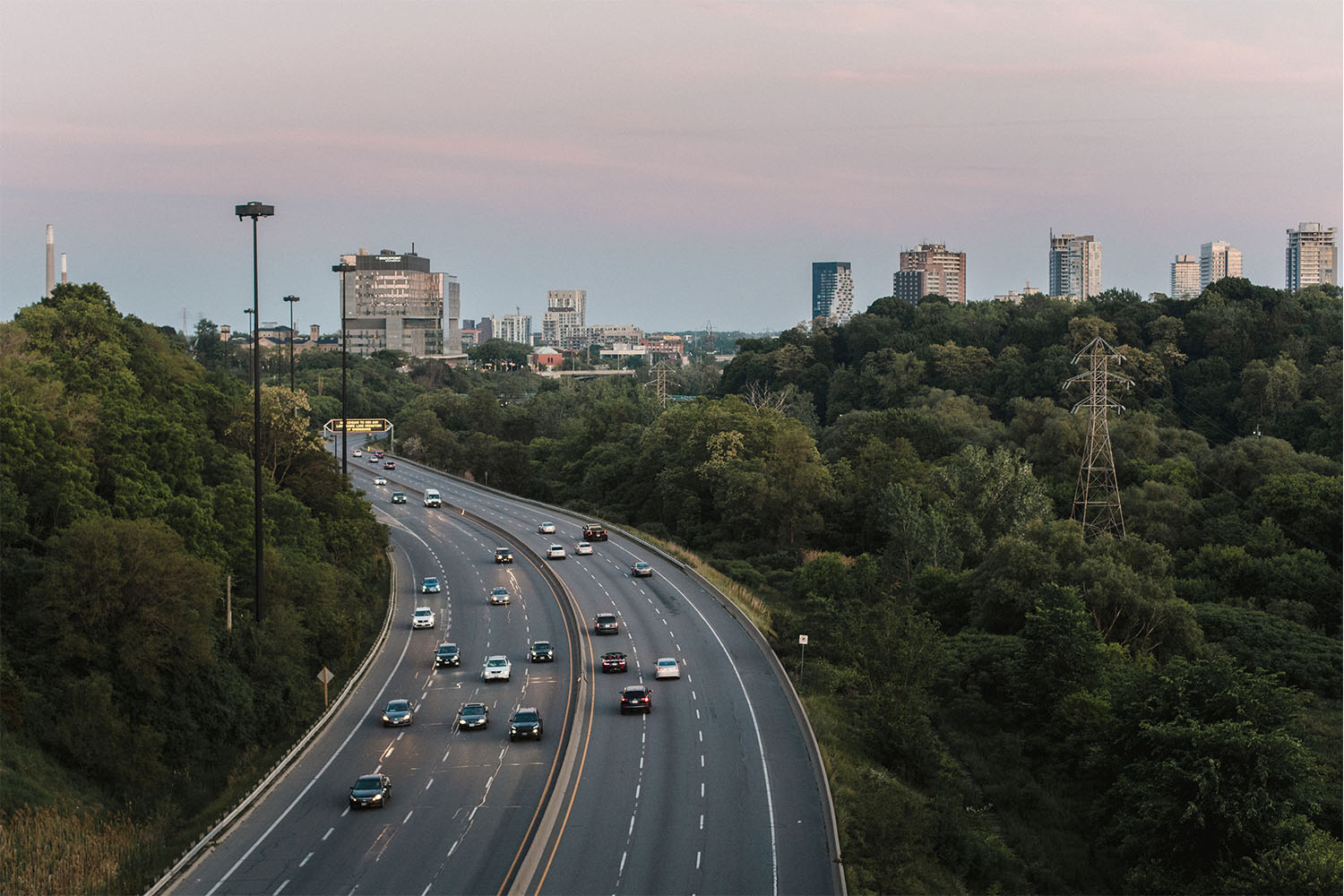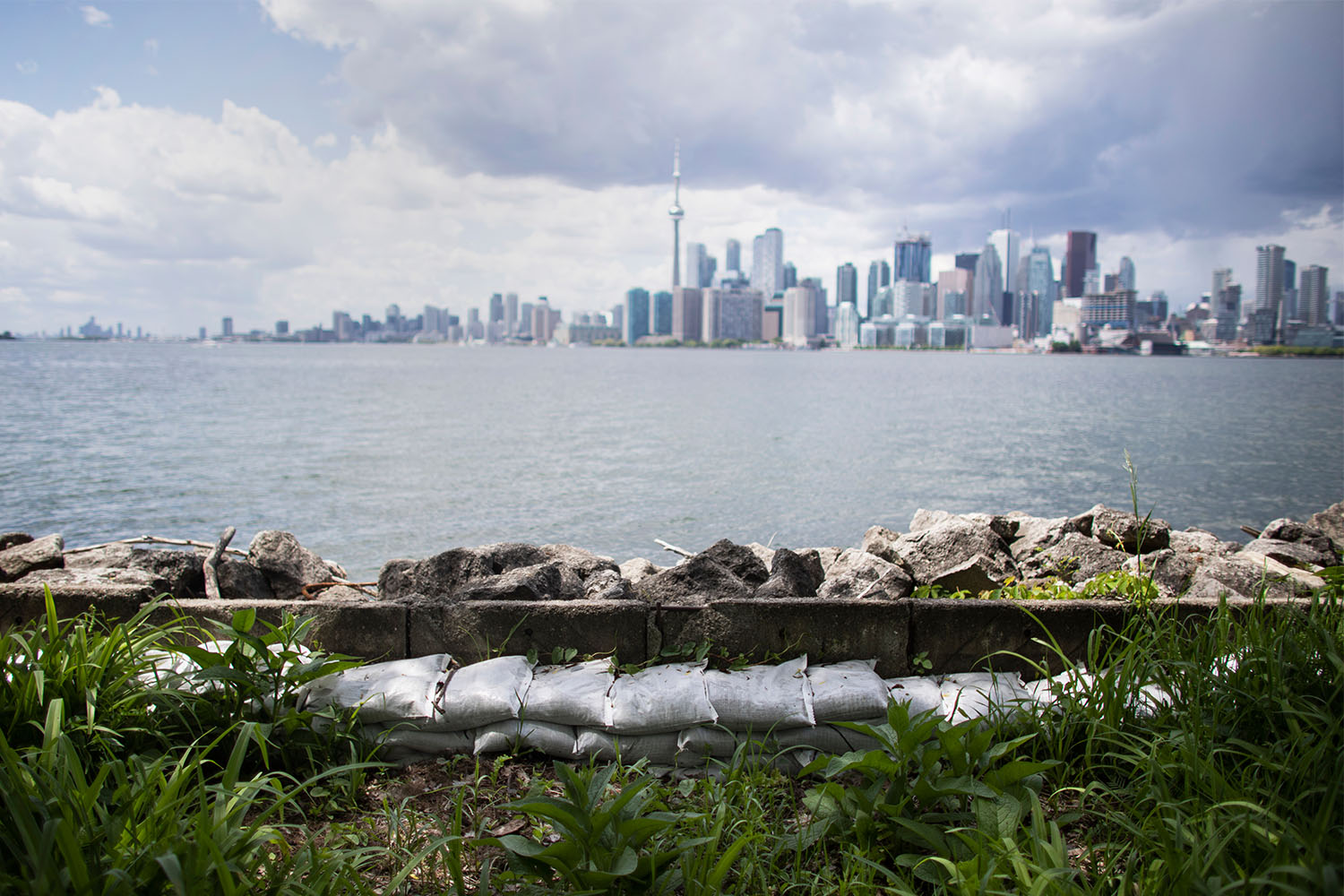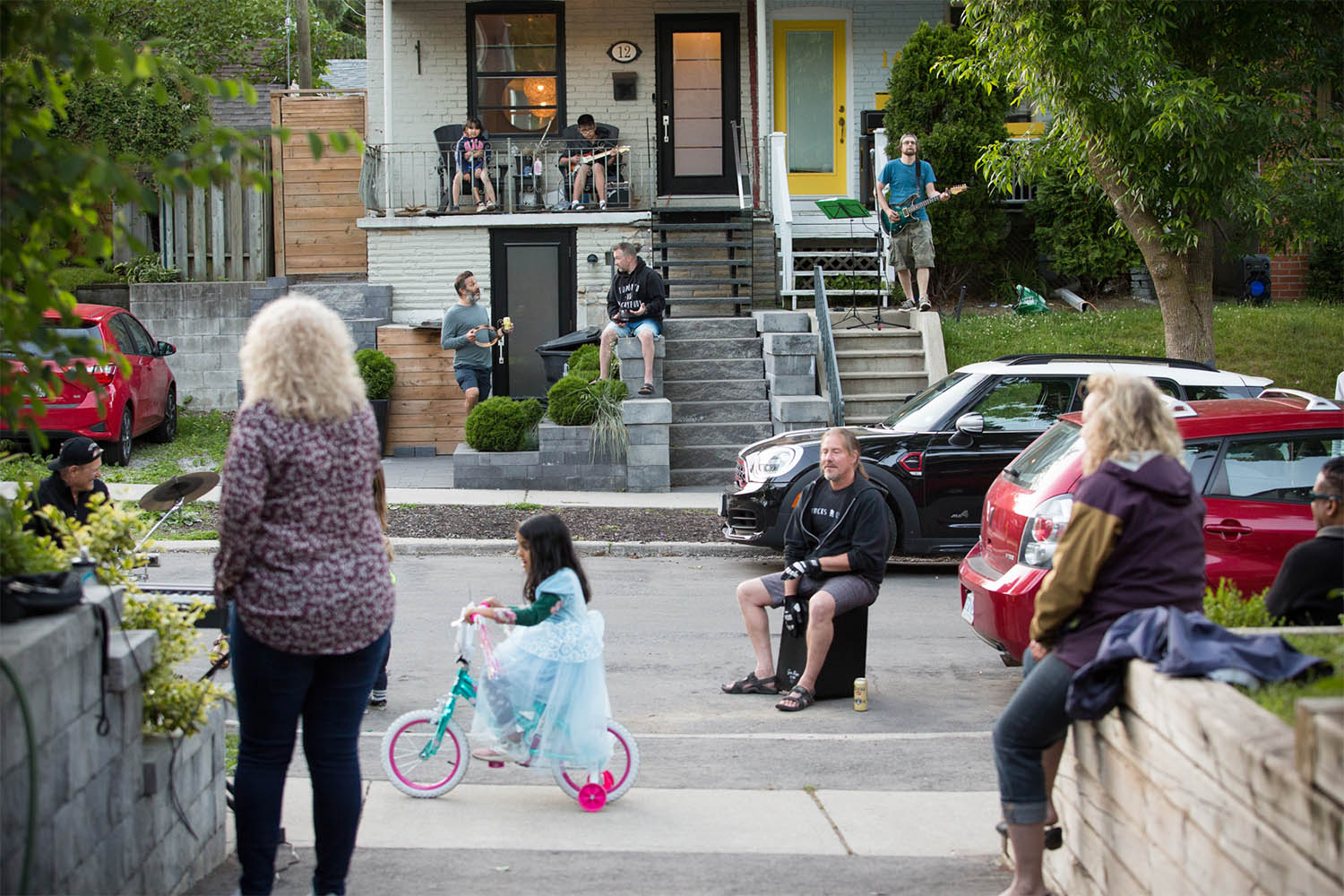
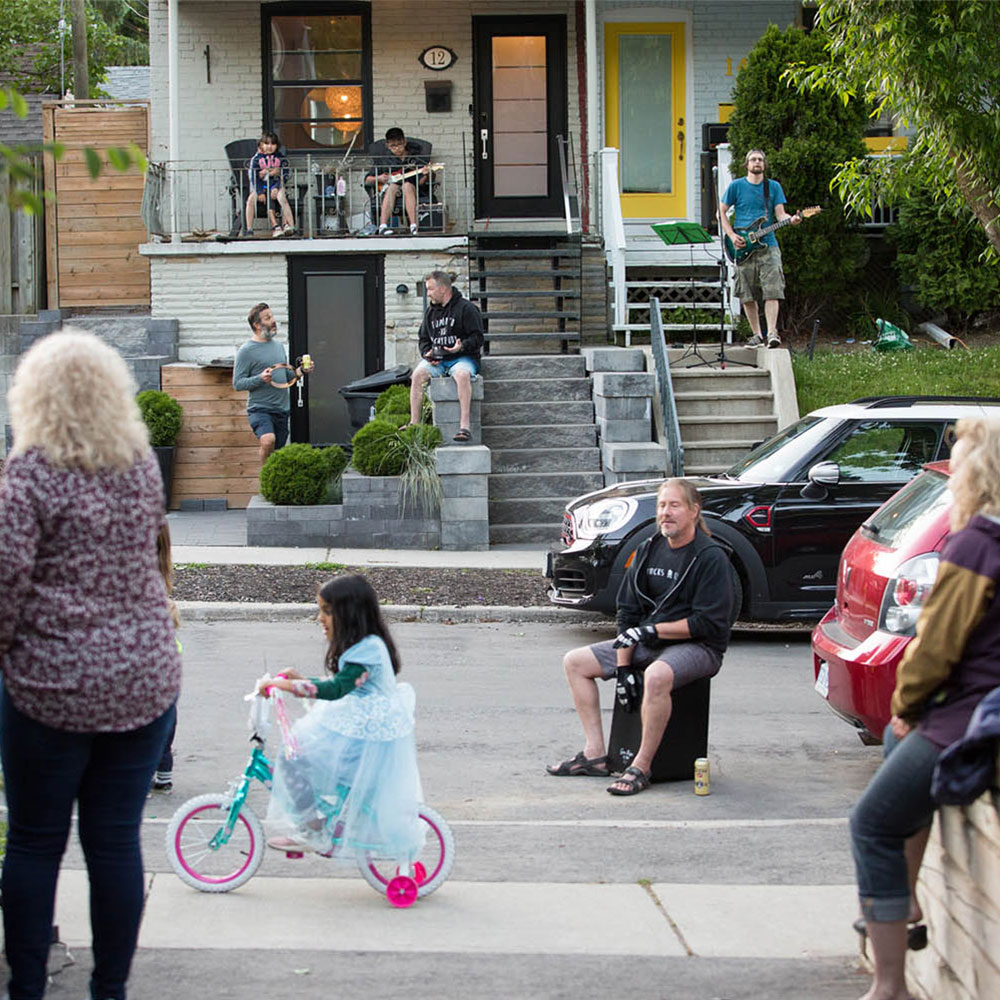
When I think of summers as a kid, I see the view of the pavement outside my parents’ bungalow through an open screen door. We’re on a street that dead-ends on a river, the gentle curve of a hill sloping to its rushing waters. For me and my sisters, it was blissfully safe, although my parents had affixed locks at the top of the door. Looking back, I know they worried. We scribbled our street with coloured chalk. We pounded it with our feet jumping rope. We cut across it on our bikes. This was life in our small town.
When I moved to Toronto for university, I told my new friends I was from Ottawa. The truth was, I came from a tiny island community on the Rideau Canal, about 45 minutes south. When you leave a little place for the big city, especially at 17, you’ve escaped. You don’t look back.
But over the past few years, I’ve felt the tug of a small town. I craved knowing everyone’s name, knowing people were looking out for me. Four years ago, my husband and I bought a semi-detached in a tiny pocket of East York, cringing as we promised the bank sizable payments for years to come. Two Septembers ago, my son was born and the tug of small town nostalgia pulled harder. We’d look up real estate in small surrounding cities and beyond. Just looking. Maybe our son could grow up with an actual backyard. A quiet sidewalk with a gentle, curving road like the one I saw out my parents’ screen door.
Then, the pandemic hit. And I met the small town that had been around me the whole time.
Ever since COVID-19 put ordinary Toronto living on lockdown, my neighbours on Copeland Avenue have stepped out onto the porches of their modest homes with guitars and amplifiers, mics and tambourines, to make music pretty much every evening. The week after the lockdown began, a “standing porch date” was set for 7:30 p.m. each night. We all joined in the new pandemic ritual of making appreciative noise for health care workers fighting this unprecedented virus.
“Although our physical interactions are necessarily limited, this is a way to take a pause each day and to reconnect with one another by making some noise,” read an email from Copeland Avenue’s unofficial “mayor,” Alisa, which had been forwarded to me (we live just adjacent to Copeland on another street). I grabbed a Dollar Store cookie tin and headed out to join the action the next night, bashing the lid and container together. My husband brought bongos. We listened and sang as musicians worked through tunes by The Proclaimers, Bon Jovi, The Tragically Hip. Music and community became our coping mechanism—the way we processed grief. When Bill Withers died of cardiovascular disease at the end of March, “Use Me” was added to the repertoire. Ditto “Angel of Montgomery” when COVID came for American folk songwriter John Prine a week later. Shortly after that, the players performed “Farewell to Nova Scotia” after 22 people were killed there in a tragic mass murder. We grieved our old way of life, but we were also tapping into something vibrant and new.
As spring blossomed, so did our nightly street parties and that feeling of small-town connection. At the end of a draining day trying to both work and care for my toddler, this hour on the street lifted me up. In the Before Times, we’d just exchanged niceties with our neighbours. Now, we learned names, stories. We gushed over our closest neighbour’s new quarantine puppy. We posed for socially distanced “porchtraits” taken by a talented neighbourhood photographer, Krista, who asked us to donate what we would’ve paid her to a local charity of our choice. When our neighbour, Paul, rebuilt his back shed, he asked for contributions to a time capsule he buried beneath its brand new concrete floor. Even eighty-something Fred, who hasn’t done Halloween for years, made a bell and has started ringing it to the tunes every night on his porch. Noise carries, so people from our wider neighbourhood started adding Copeland Avenue to their nightly neighbourhood walks, passing slowly through the 25-house stretch with big smiles on their faces. We learned more names, more stories, while maintaining social distance.
This pandemic has come at a horrible cost—to lives, to our sense of overall safety and well-being. It has killed more than 8,000 Canadians and more than 400,000 worldwide, turned long-term care facilities into war zones, and forced front-line workers to bravely continue heading out into the world to navigate and respond to this invisible threat.
But it has also delivered some of us an incredible gift of community, which, of course, had old foundations on Copeland Avenue.
I have faith that this sense of community will last. You don’t unlearn people’s names, or stories. We will have become people who got through a very strange time together.
Thirty-six years ago, Paul and his wife Denise bought their first house together on the corner of Copeland and Roseheath Avenues, before moving west to a larger home as their family expanded. Realizing they’d made a mistake, they moved back, five years later, to another Copeland Avenue home, this one backing onto the ravine. The street has had its cycles of plenty of kids, says Paul. When they first moved in, there were none. We’re in a boom right now.
Back in the mid-1990s, Alisa moved to Toronto from a neighbourhood in Windsor with lots of families and connection. To help foster that sense of community she grew up with, she and her now-ex started hosting pig roasts on the street, before moving them into the backyard. After he left, she says, “I couldn’t afford to keep the house, but I couldn’t afford not to live here.” She kept up the tradition, which has since evolved into an annual travelling potluck they call The Taste of Copeland.
“Even being here for COVID people asked whether I was going to go back to Windsor,” she says. “And I was like ‘why would I go to Windsor? My people are here.’”
The band used to occasionally get together to jam. Now, they play for a live audience nearly every night.
When I asked Paul why he thought this street connected so strongly during COVID, he identified a few key ingredients: Investment (both financial and social), shared values, and definable boundaries (Copeland is a short street that backs onto a small ravine). Leadership’s important too—I’m pretty sure Alisa got her mayoral title from Paul.
Add to all of it, a crisis: there is nothing like the collective rocking of the world to have us check in on our neighbours, run errands for each other, and exit our personalized bubbles to just look around.
Paul’s right, that it takes a special mix to build a thriving community, and I think what’s really at play is social capital, which Toronto Foundation describes as “the vibrancy of social networks and the extent to which there is trust and reciprocity within a community and among individuals.” [Editor’s note: Toronto Foundation is one of The Local’s funders]. Their 2018 Toronto Social Capital Study found that levels of support and goodwill amongst neighbours were “notably similar” across the city, regardless of income level. This social capital is the real stuff that makes cities—in spite of their reputation of coldness—feel like a small town.
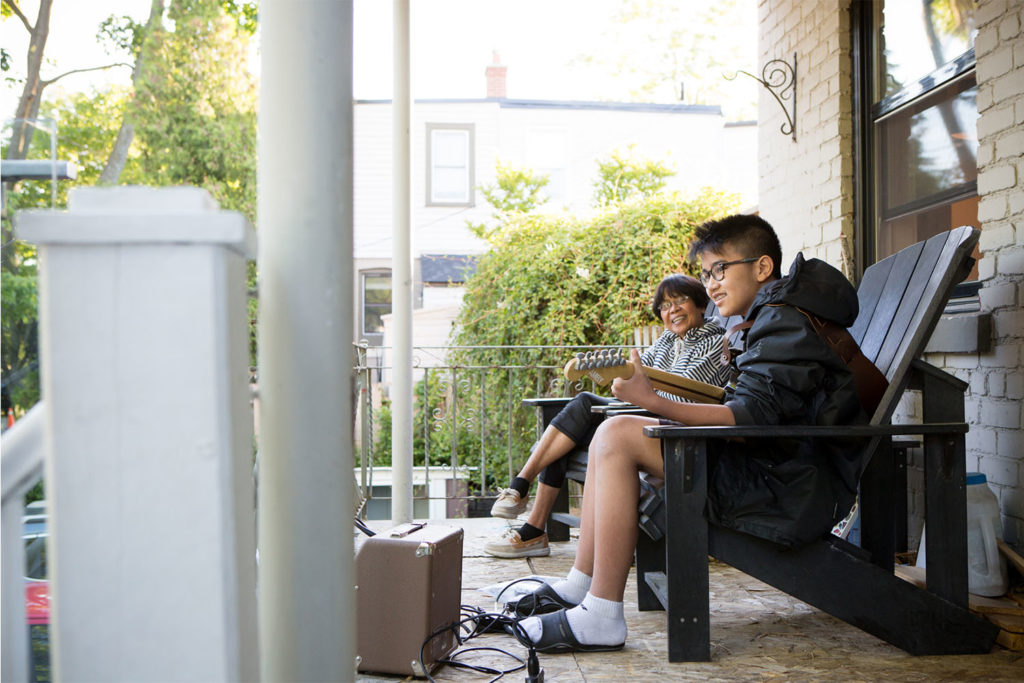
Throughout this time, I’ve found my desire to move to a smaller community wane, despite many lockdown limitations of COVID remaining in place for now. Yes, the playgrounds are still cordoned off, but our son is learning how to ride a scooter, shared with him by a generous neighbourhood kid. I even got to sing a song with the band. We’ve become “honourary Copelanders” and it feels good.
As Toronto wakes from its COVID slumber and social circles gently expand, our street parties have changed a little. We no longer do them every evening and there are nights when some families don’t spill out onto the street—they’ve gone to visit friends in other backyards or parks across the city, slowly widening their social circles beyond our street. But there are other nights when those groups descend onto Copeland too, bringing more friendly faces into the mix.
We’re imagining ways we can keep this street party semi-regular, but there’s no doubt they’ll happen less and less often as life returns to some semblance of normal.
Even so, I have faith that this sense of community will last. You don’t unlearn people’s names, or stories. We will have become people who got through a very strange time together. My neighbour will still bring me leftover lamb chops she made with the rosemary I grew in my garden. And I’ll still bring her slices of coconut cream pie to keep my family from eating the whole thing ourselves. On nights when we’re stuck home with the kids with nothing to do, maybe we’ll return to that small stretch of pavement outside of our home and drink wine together again, toasting our neighbourhood. It’s our own small town in Canada’s biggest city. This is our home.

